Advancements in Data Analytics
The Healthcare Information Software Market is witnessing a surge in the adoption of advanced data analytics tools. These tools enable healthcare providers to derive actionable insights from vast amounts of data, thereby improving decision-making processes. The integration of analytics into healthcare software is expected to enhance operational efficiency and patient care quality. Market data indicates that the analytics segment within healthcare software is projected to expand significantly, driven by the need for evidence-based practices. As healthcare organizations increasingly rely on data-driven strategies, the demand for sophisticated analytics solutions within the Healthcare Information Software Market is likely to escalate.
Growth of Cloud-Based Solutions
The transition to cloud-based solutions is reshaping the Healthcare Information Software Market. Cloud technology offers scalability, flexibility, and cost-effectiveness, making it an attractive option for healthcare organizations. The ability to access software applications remotely facilitates collaboration among healthcare professionals and enhances data sharing capabilities. Market trends suggest that the adoption of cloud-based healthcare software is on the rise, as organizations seek to streamline operations and reduce IT costs. This shift not only supports the growing need for interoperability but also positions cloud solutions as a key driver in the Healthcare Information Software Market, potentially transforming how healthcare services are delivered.
Regulatory Compliance and Data Security
In the Healthcare Information Software Market, regulatory compliance and data security are paramount concerns. With the increasing volume of sensitive patient data being processed, healthcare organizations are compelled to adopt software solutions that ensure compliance with regulations such as HIPAA. The need for robust data protection measures is underscored by the rising incidence of data breaches in healthcare. As organizations seek to mitigate risks, the demand for software that offers advanced security features is likely to grow. This trend suggests that companies focusing on compliance and security will find substantial opportunities within the Healthcare Information Software Market, as stakeholders prioritize safeguarding patient information.
Integration of Mobile Health Applications
The integration of mobile health applications is becoming a pivotal driver in the Healthcare Information Software Market. As smartphones and wearable devices gain popularity, healthcare providers are increasingly leveraging mobile applications to enhance patient monitoring and engagement. These applications facilitate real-time communication between patients and healthcare professionals, thereby improving care coordination. Market analysis indicates that the mobile health app segment is expected to witness substantial growth, reflecting the rising consumer demand for accessible healthcare solutions. This trend suggests that the Healthcare Information Software Market will continue to evolve, with mobile technology playing a crucial role in shaping the future of healthcare delivery.
Increasing Demand for Patient-Centric Solutions
The Healthcare Information Software Market is experiencing a notable shift towards patient-centric solutions. This trend is driven by the growing emphasis on personalized healthcare, where software solutions are designed to enhance patient engagement and satisfaction. As patients become more informed and involved in their healthcare decisions, the demand for software that facilitates communication between patients and providers is likely to rise. According to recent data, the market for patient engagement software is projected to grow significantly, indicating a robust opportunity for developers in the Healthcare Information Software Market. This shift not only improves patient outcomes but also aligns with the broader goals of healthcare systems to provide quality care.


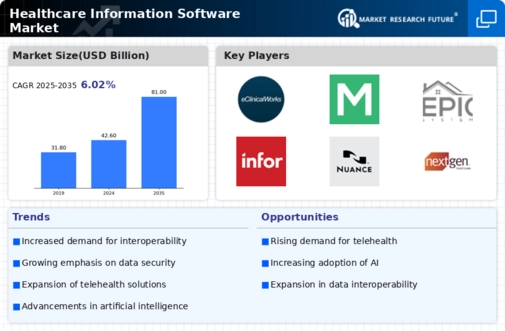
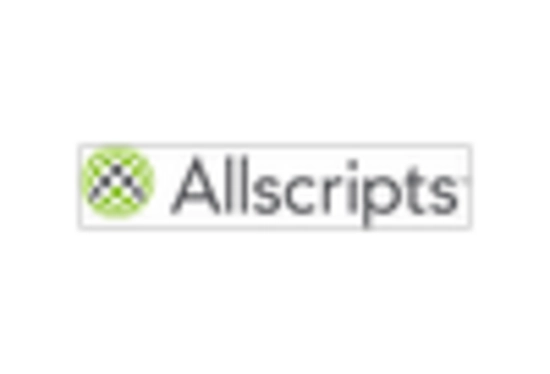
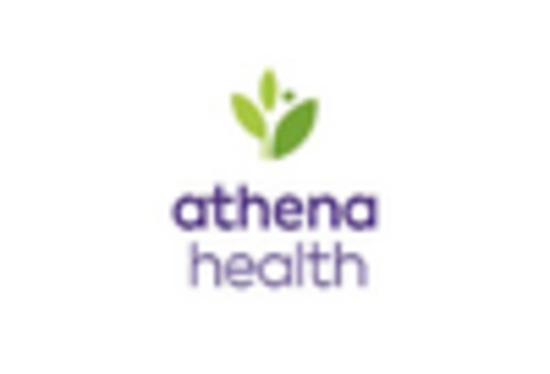
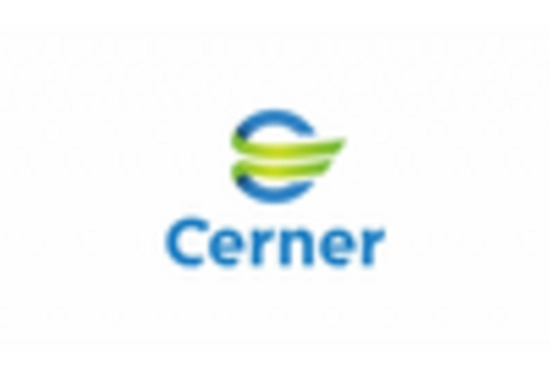
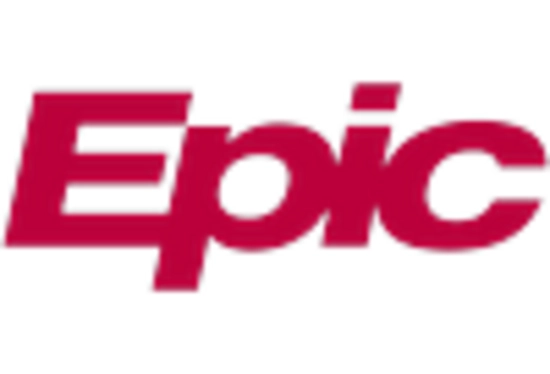
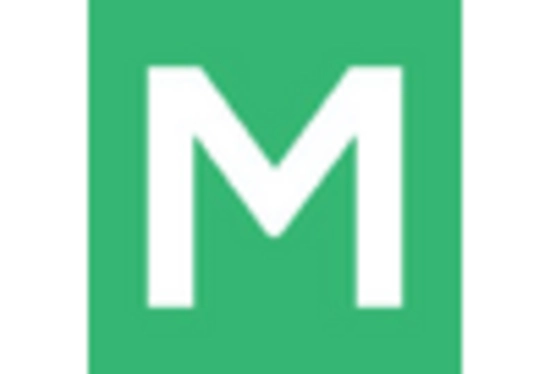
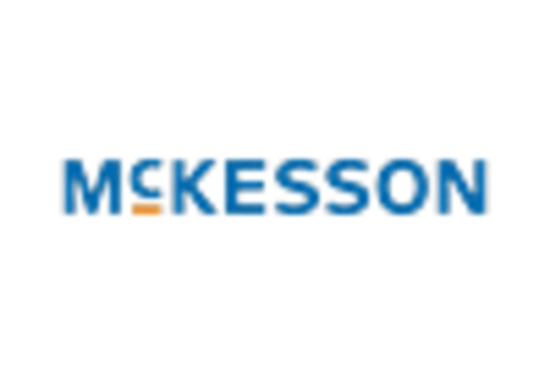








Leave a Comment